When we talk about custom catalog printing we are referring to the process of creating printed catalogs that are tailored to the specific needs and preferences of a business or organization like yours. Instead of using pre-designed templates or standard catalog formats, custom catalog printing allows brands & companies to design and produce catalogs that are unique and personalized to showcase their products, services, information and to win their moment.
A few key aspects of custom catalog printing are…
- Design and Layout
Custom catalogs give businesses full control over the design and layout of each page. This includes the choice of colors, typography, images, graphics, and overall aesthetics. The design can align closely with the company’s branding and messaging. - Content
Custom catalogs allow for the inclusion of content that is relevant and specific to the company’s offerings. This might involve detailed product descriptions, specifications, pricing, and any other information necessary to inform customers about the products or services being featured. - Size and Format: Businesses can choose the size and format of their custom catalogs, whether they prefer a standard letter-sized catalog, a smaller booklet, a larger magazine-style format, or a unique shape and size to make their catalog stand out.
- Paper Quality and Finish
Custom catalogs offer options for selecting the type of paper stock and finish, such as glossy, matte, or textured paper. These choices can affect the look and feel of the catalog and contribute to its overall quality. - Binding
Custom catalogs can have various binding options, including saddle-stitch binding (staples along the spine), perfect binding (glued spine), spiral binding, or even custom binding methods for unique presentation. - Personalization
In some cases, custom catalogs can include personalized elements, such as recipient names or customized product recommendations based on customer data. - Quantity
Businesses can print custom catalogs in quantities that suit their needs, whether it’s a small run for a niche audience or a large-scale production for widespread distribution. - Distribution
Custom catalogs can be distributed through various channels, including direct mail, in-store displays, trade shows, and online through digital catalogs or PDF versions. - Updates and Reprints
Custom catalogs are often updated to reflect changes in products, pricing, or branding. Companies can easily order reprints or updates to keep their catalogs current.
Custom catalog printing is a powerful marketing tool for businesses looking to showcase their products or services in a visually appealing and informative way. It allows for creativity and flexibility in presenting information to potential customers, making it an effective tool for both B2C and B2B marketing efforts.
In this article we go into detail on the most critical aspects of custom catalogs.
Custom Catalog Options
There really are an endless number of options available when having a custom catalog produced, but we wanted to share the most common breakdown of a catalog type that will help you start in the most effective and efficient way possible. There are 3 primary catalog types you should first pick from when starting a project.
- High End Custom Catalogs
These catalogs are premium. When having a high end catalog created you can expect the most care getting put into every part of the catalog and the use of the highest quality materials. These are going to be more expensive, but well worth the cost. High end fashion brands, products or other luxury goods companies will choose to create these premium catalogs. - Mid-Level Custom Catalogs
These mid quality catalogs are what most companies have created because of the perfect mix of affordability and quality. You’ll find a good range of materials, sizes and finishes available in this category of custom catalog. This ensures you have a high level of creativity and customization available for your catalog. - Low Cost Custom Catalogs
Now on the lowest end of the custom catalog spectrum you have the budget tier. These are still highly effective. They work just as well as every other tier when the products being shared in them match the audience & use case. These are going to be your cheapest catalog option with the fewest selection of finishes, sizes or customizations. They are also created with lower quality materials. But again, that is okay for products and promotions that don’t require high end appearances.
Custom Catalog Sizes
Catalogs can come in many different shapes and sizes. You may have a need to fit your catalog into a specific package and fit those dimensions, there may be a special size that you require based on research you’ve done for your audience and the list goes on and on when it comes to catalog dimensions. Regardless of why you need to have a certain length and width, the good news is that there are a wide range of common catalog sizes.
Custom Catalog Dimensions Chart
Listed below are the most common size choices for catalogs.
|
7.44″ x 9.69″ 4.25″ x 11″ 6″ x 8.25″ 6″ x 6″ 5.25″ x 8″ 5″ x 7″ |
6″ x 9″ 6.69″ x 10.24″ 7″ x 9″ 7.5″ x 9.25″ 5.38″ x 8.38″ 4.75″ x 4.75″ |
6.63″ x 10.25″ 7″ x 7″ A4 (8.3″ x 11.7″) A5 (5.8″ x 8.3″) 8″ x 10″ 8.5″ x 8.5″ |
8.5″ x 11″ 8.38″ x 10.88″ A6 (4.1″ x 5.8″) 7″ x 10″ 5.06″ x 7.81″ 8.25″ x 8.25″ |
5.8″ x 9.25″ 5.5″ x 8.5″ 5″ x 8″ 8.75″ x 11″ 6.69″ x 9.61″ 5.25″ x 8.38″ |
Custom Catalog Binding
The same goes for binding your custom catalog. There are many different options available and depending on the type of look and feel you are going for or the budget you have in place, you’ll find a binding option that works perfectly for you.
Listed below are the most common catalog binding options to choose from.
- Saddle Stitched or Stapled
Pages are folded over a “saddle-like” apparatus then they are stapled together. The staples go through the folded spine of the catalog, which keeps the pages in place. Usually, two staples are used, but larger catalogs might require more. - Sewn Catalog Binding
This is a binding method where the pages of the catalog are sewn together using thread rather than just being glued or stapled. Sewn catalog binding tends to be more durable and allows the catalog to lay flat when opened, which can facilitate easier reading or viewing of the content. - Perfect Bound
The perfect bound binding method creates a professional appearance reminiscent of paperback books. It’s commonly used for thicker catalogs and used a lot for high end custom catalogs. This method glues the stacked pages to a spine for a clean, durable and elegant binding. - Wire-O
This wire binding, sometimes called twin loop binding, is a popular binding method for catalogs. It uses a series of double wire loops that run through punched holes along the binding edge of the pages. This allows for the catalog to have a full 360 degree open rotation and give the catalog more durability. - Spiral
A spiral bound catalog is just like the name says. It uses a spiral similar to the wire-o, but is always a single look and in most cases plastic. This gives the catalog a professional look, but is also more affordable than some of the other binding methods.
Custom Catalog Paper
Paper is a big deal when it comes to the creation of a custom catalog. You really need to make the best choice for your intended audience, the goal of the catalog and be considerate of any budget constraints for the project. Listed below are a few of the most critical aspects to catalog paper that you need to pay the most attention to.
Paper Types
There are quite a few types of paper you can choose from when having a catalog produced. Each of them has their own unique qualities, cost profile and level of durability. We’ve listed out a number of the most common custom catalog paper types.
- Bond Paper
- Book Paper
- Card Stock
- Newsprint
- Synthetic Paper
- Recycled Paper
- Textured Paper
- Photo Paper
Paper Weight
While we named a few types of paper used for catalogs that are typically referenced alongside certain weights of paper, we wanted to also share a quick breakdown of the paper weights themselves. You have a lot of different options and each weight has its own quality when it comes to the look and feel of the catalog.
| Bond paper | 16, 20, 24, 28, 32, and 36 pounds |
| Book paper | 30 to 115 pounds |
| Cover paper | 60 to 120 pounds |
| Index paper | 90, 110, and 140 pounds |
| Tag paper | 50, 60, 70, 80, and 100 pounds |
| Text paper | 50, 60, 70, 80, and 100 pounds |
Paper Coating
Like almost any other type of printed piece, custom catalogs can also be coated which will give the finished catalog a specific look and feel. Depending on what you are going for, the type of coating you choose can be very different.
Listed below are some of the most popular catalog coatings.
- Varnish
- UV (ultraviolet)
- Gloss
- Matte
- Uncoated
Custom Catalog Finishing
One of the most fun parts of creating a custom catalog for marketers and designers is choosing what finishes will be applied to the final product. There are a wide variety of options available so the more creative you are the more interesting the finish can get. We are sharing a handful of the most common, most popular and our favorite custom catalog finishes.
- Spot UV
Spot UV coating is a clear finish strengthened and set using ultraviolet light. It’s an excellent method to elevate the appearance and texture of your catalog. This coating technique produces a prominent, shiny finish, making your message pop. - Embossing / Debossing
Embossing is the use of a die to press a raised design into the catalog while debossing is the opposite, instead, this method will depress a design into the paper. The end result is the same, a textured, nice looking element on the page. For custom catalogs this is typically done on the front and / or back cover. - Foil Stamping
Foil stamping is a unique print finishing technique that employs metal dies or molds, combined with heat and pressure, which applies a foil film to the paper. This can also be applied to embossed areas for added effect. There are quite a few foil colors as well, just like inks, so you can get very creative here. This is an easy way to make your custom catalog stand out. - Die-Cut Catalogs
When using a die-cut finish you are actually cutting out a part of the catalog. In most cases you’ll find different abstract cuts or logos being removed from the front or back cover to add to the creative elegance of the catalog. - Lamination
And one of the most widely used catalog finishes would be lamination. This not only protects the catalog but has varying degrees of lamination that can be applied which can create a high gloss look, a medium shine, something more satin or even maintain a flat / matte look.
Custom Catalog Printing Examples
Everyone looking for custom catalogs is working for a company, brand or organization and typically has a good idea of what they want to create, but we wanted to share some of the most common use cases here and showcase some custom catalog examples as inspiration.
Use Cases
Listed below are some of the most common custom catalog uses.
- Clothing & Apparel Catalogs
- Shoe Catalogs
- Wedding Dress Catalogs
- Jewelry Catalogs
- Houseware Catalogs
- Furniture Catalogs
- Sporting Goods Catalogs
- Car & Auto Catalogs
- Boat Catalogs
- Print Catalogs
- Equipment Catalogs
- Tool Catalogs
- School Catalogs
Catalog Example Gallery
With all of the options, examples and explanations we have about custom catalogs on this page we hope that you are now better equipped to get creative and come up with something truly amazing that we can create for you and help you win your moment.
Contact Us Now for More Information
Phone: (413) 442-4166

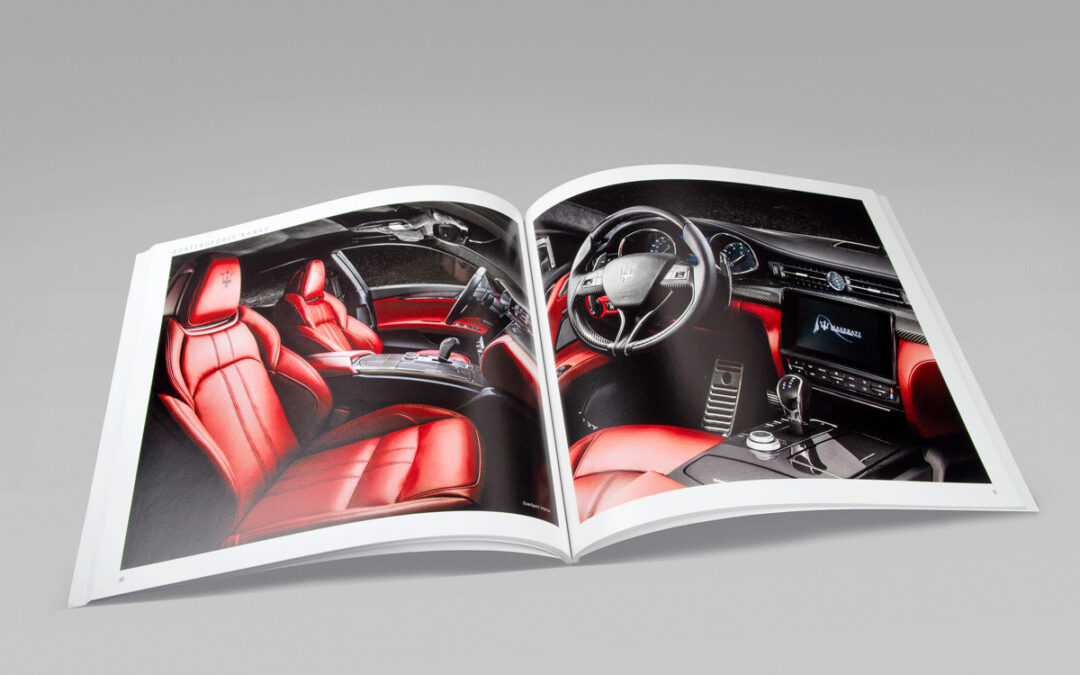
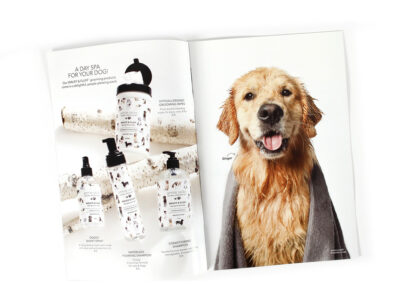
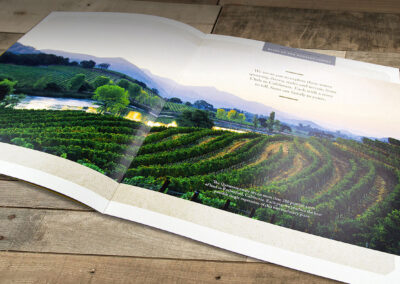
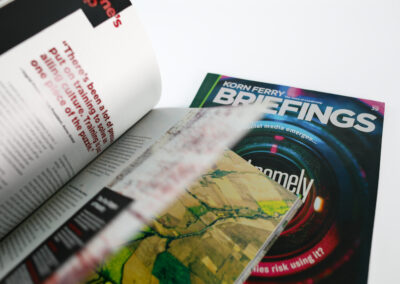
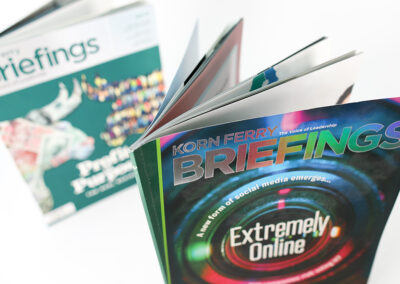
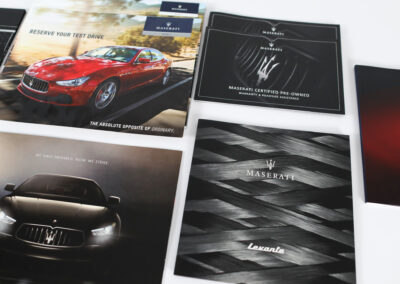
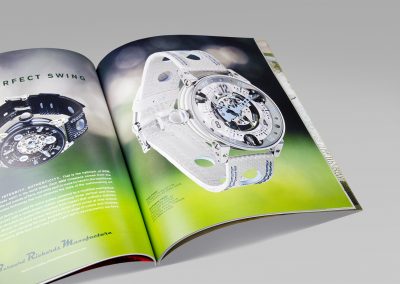

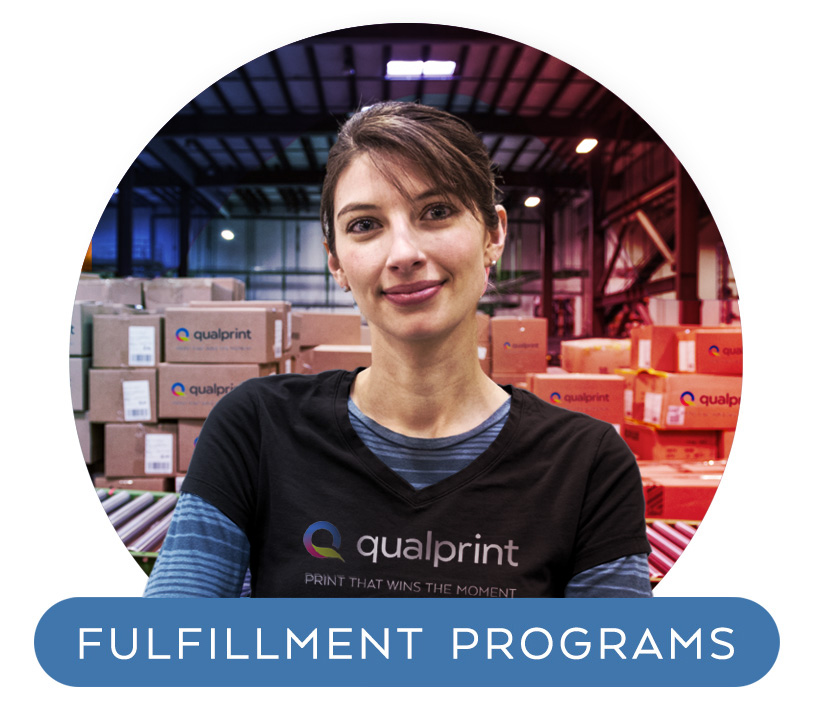
Recent Comments